
The Invention That Tackled Torque
One-of-a-Kind Feature Improves Operator Safety
In the mid-1970s, Van Cox set out to solve one of earth drilling’s most punishing problems — auger torque. Cox, an engineer for Little Beaver, soon completed a design and secured a patent for what is now known as the torque tube. The one-of-a-kind invention protects operators from the harmful effects of a drill’s torque by transferring kickback from the auger to the power source.
More than 40 years later, deck builders, fence contractors, landscapers and rental customers continue to enjoy torque-free drilling as well as the labor-saving benefits made possible by safe, one-person drilling.

By transferring dangerous kickback to the engine carriage as opposed to the handles, one person can safely operate a Little Beaver drill.
The invention remains a defining feature on Little Beaver’s of mechanical and hydraulic earth drills, and it continues to make life easier for business owners and drill operators thanks to the many benefits of torque-free drilling.
Less Manpower: By transferring dangerous kickback to the engine carriage as opposed to the handles, one person can safely operate a Little Beaver drill. Most drills without torque protection require two operators for safe use. One-person drilling frees up the second individual to work on other tasks so jobs are completed in less time.
Fewer Strains: Kickback on traditional drills can jar an operator’s body, causing strains and injuries, which lead to time off and worker’s compensation costs. Even minor injuries, ones that don’t result in time away from work, can slow individuals down, decreasing overall production.
Easier Use: Since the torque tube absorbs kickback, operators don’t need to work as hard to control the machine. This significantly reduces fatigue while allowing operators of any age or experience level to easily handle the drill.
If you’re still not convinced of the benefits of Van Cox’s invention, see Little Beaver’s solutions for yourself.

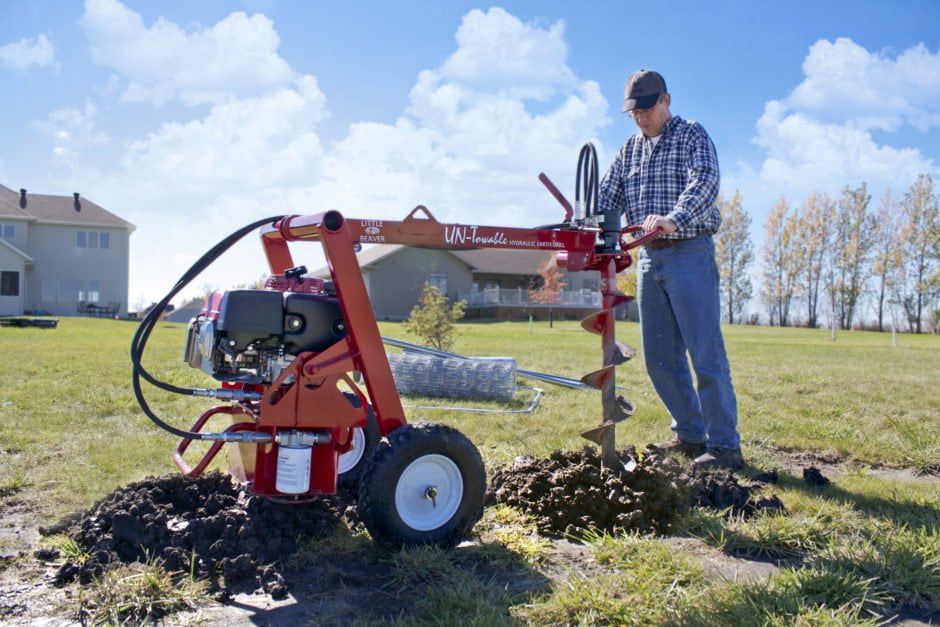

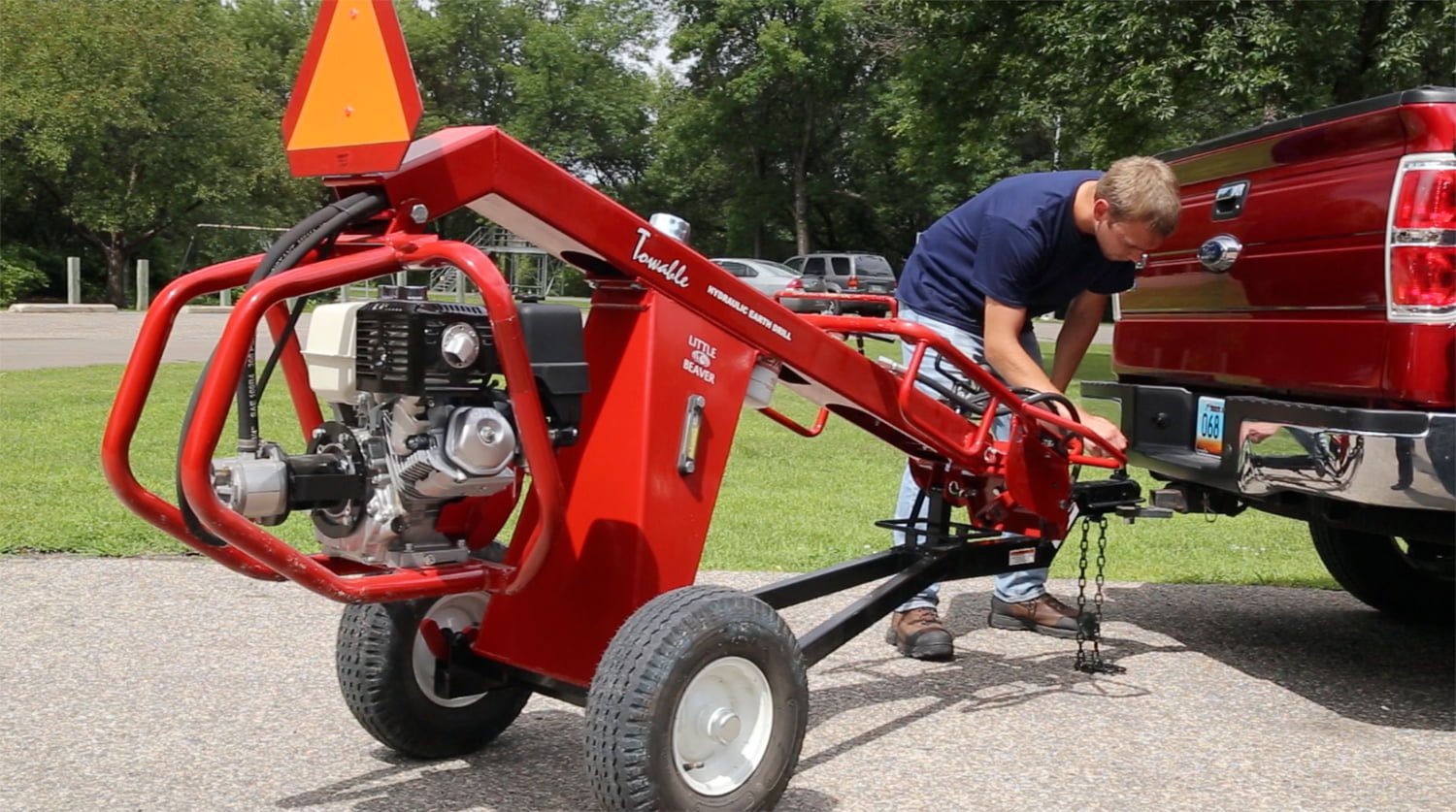
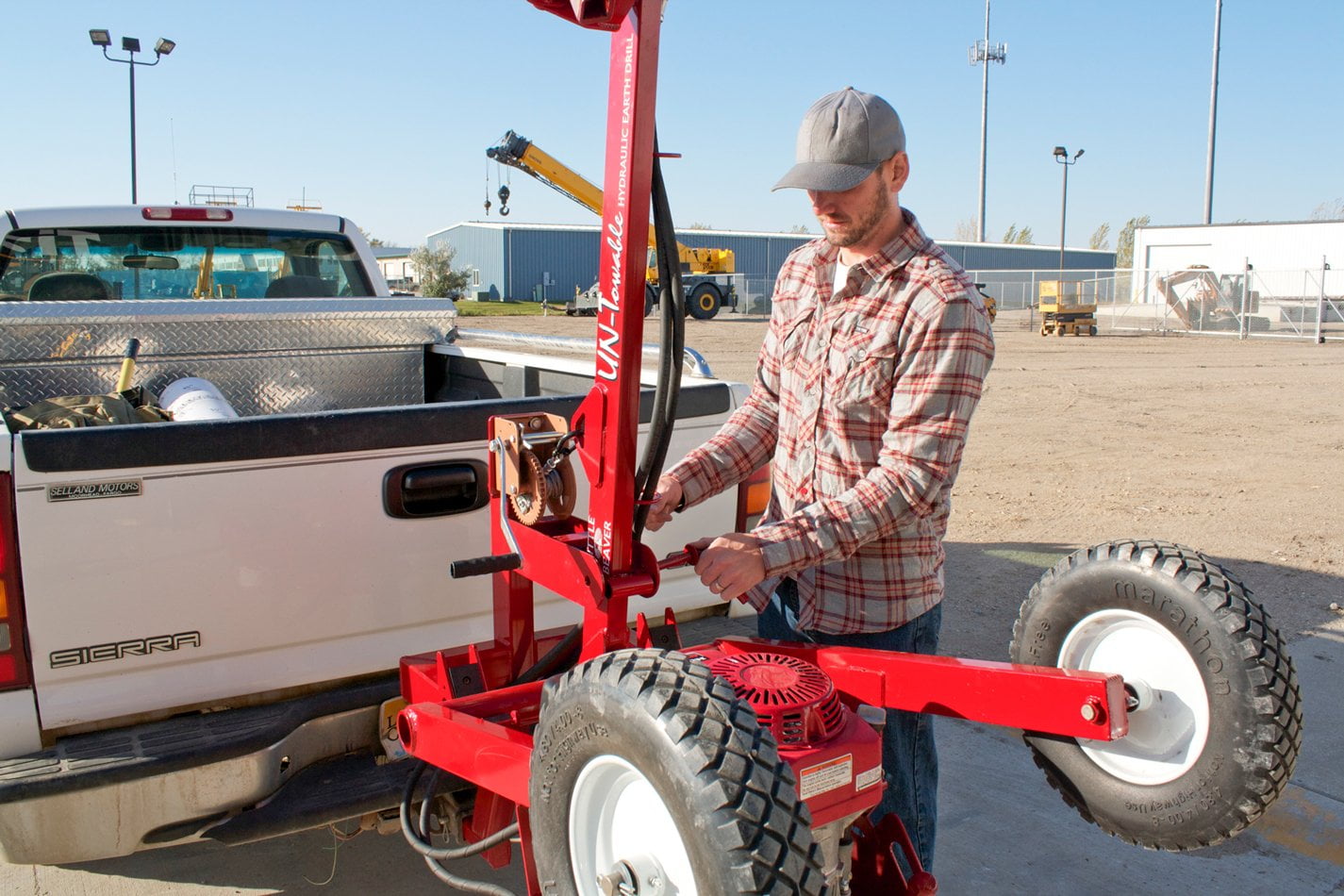
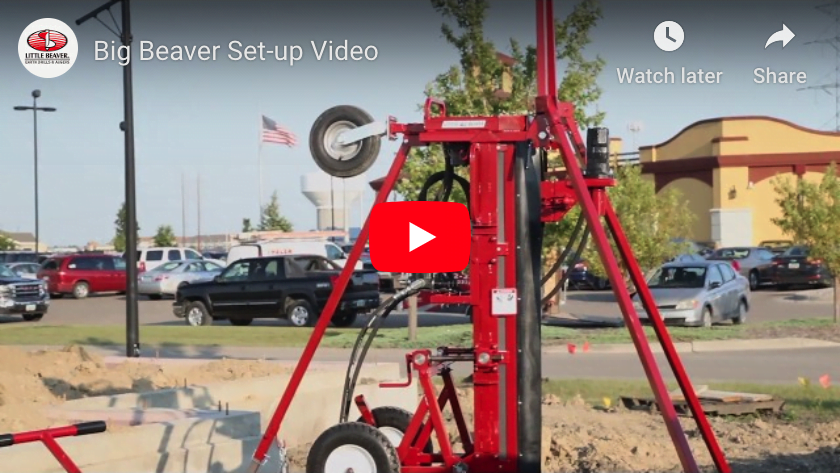

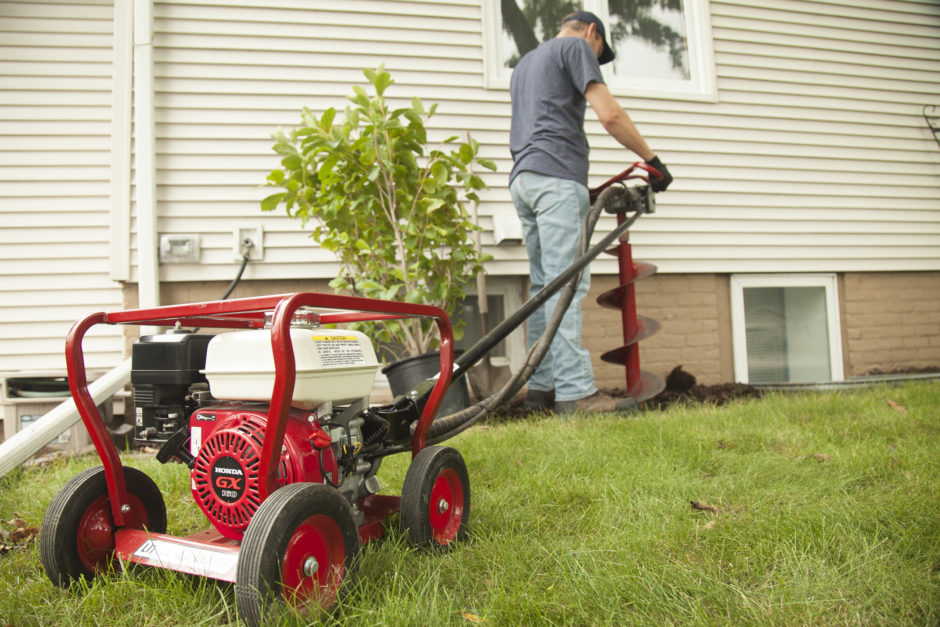

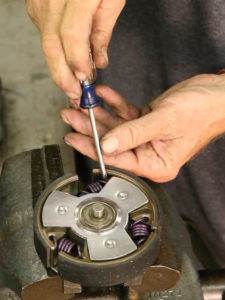

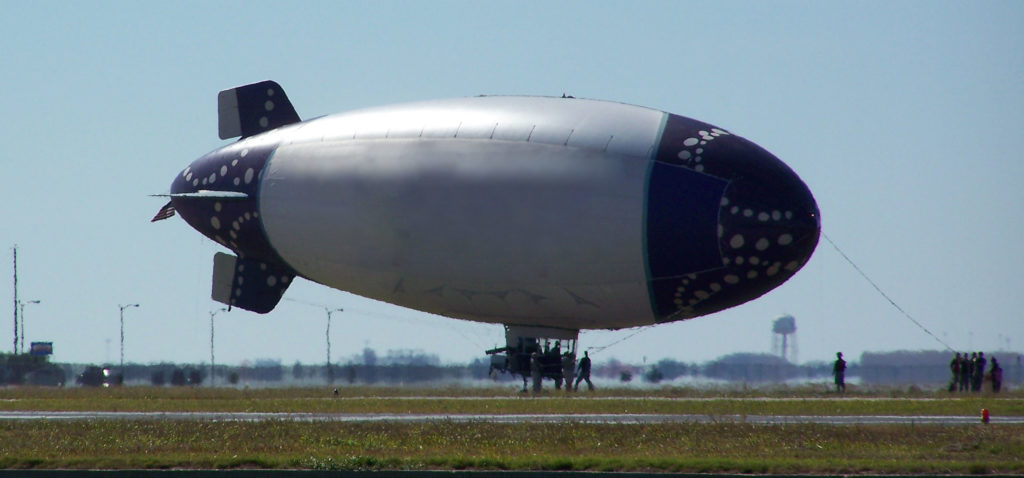 Watching a blimp soar overhead — whether operated by the military or a corporation — can be an awe-inspiring sight. After all, the airships contain enough helium to fill more than three-quarter million balloons. But, that doesn’t actually make them all that lightweight.
Watching a blimp soar overhead — whether operated by the military or a corporation — can be an awe-inspiring sight. After all, the airships contain enough helium to fill more than three-quarter million balloons. But, that doesn’t actually make them all that lightweight.